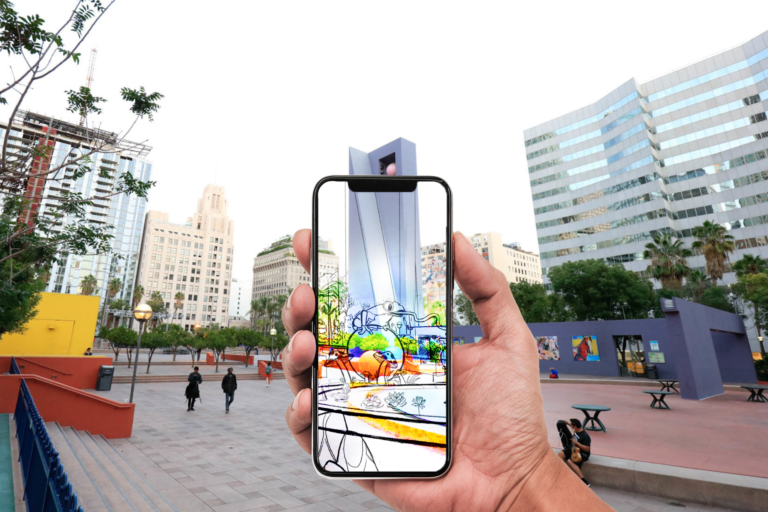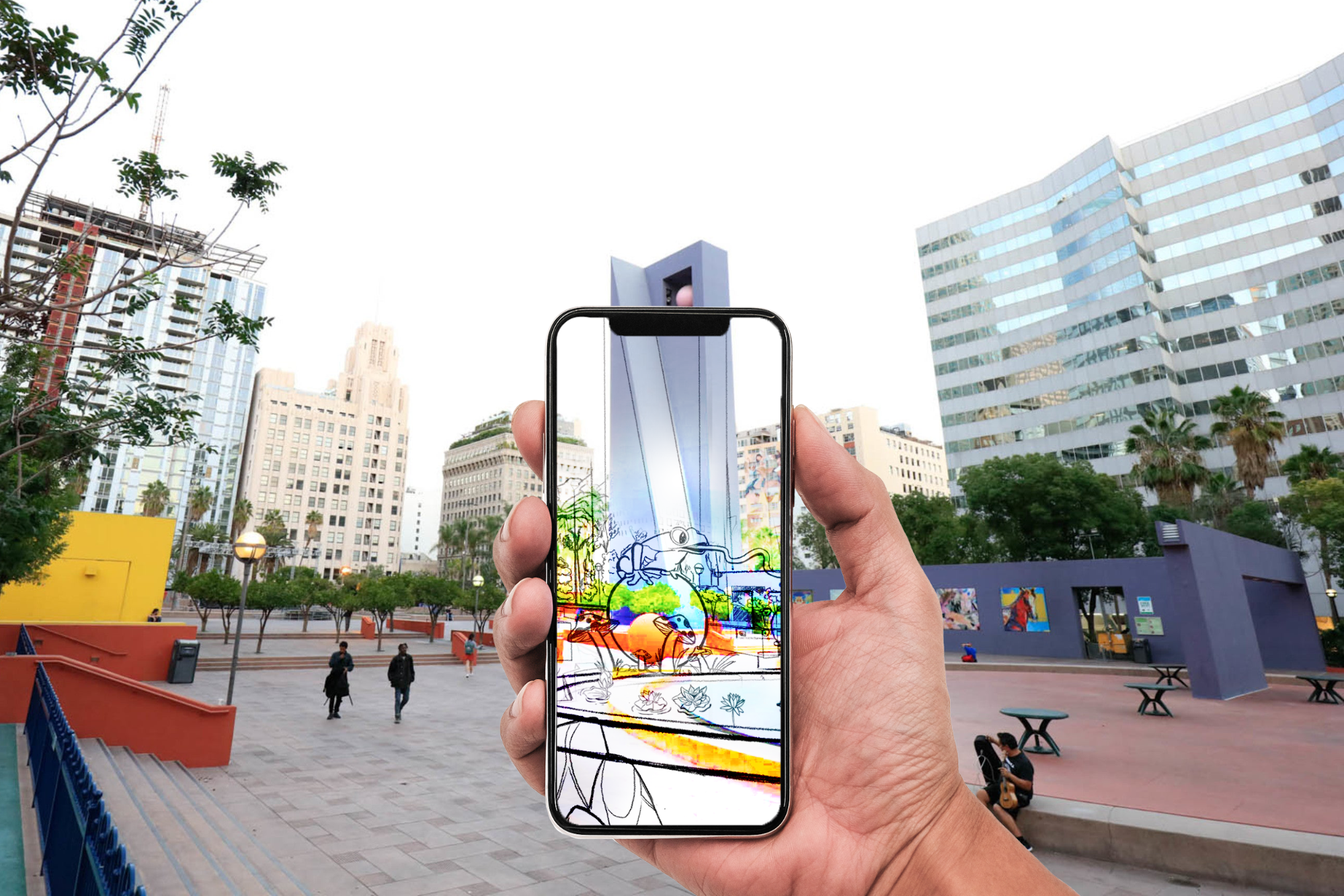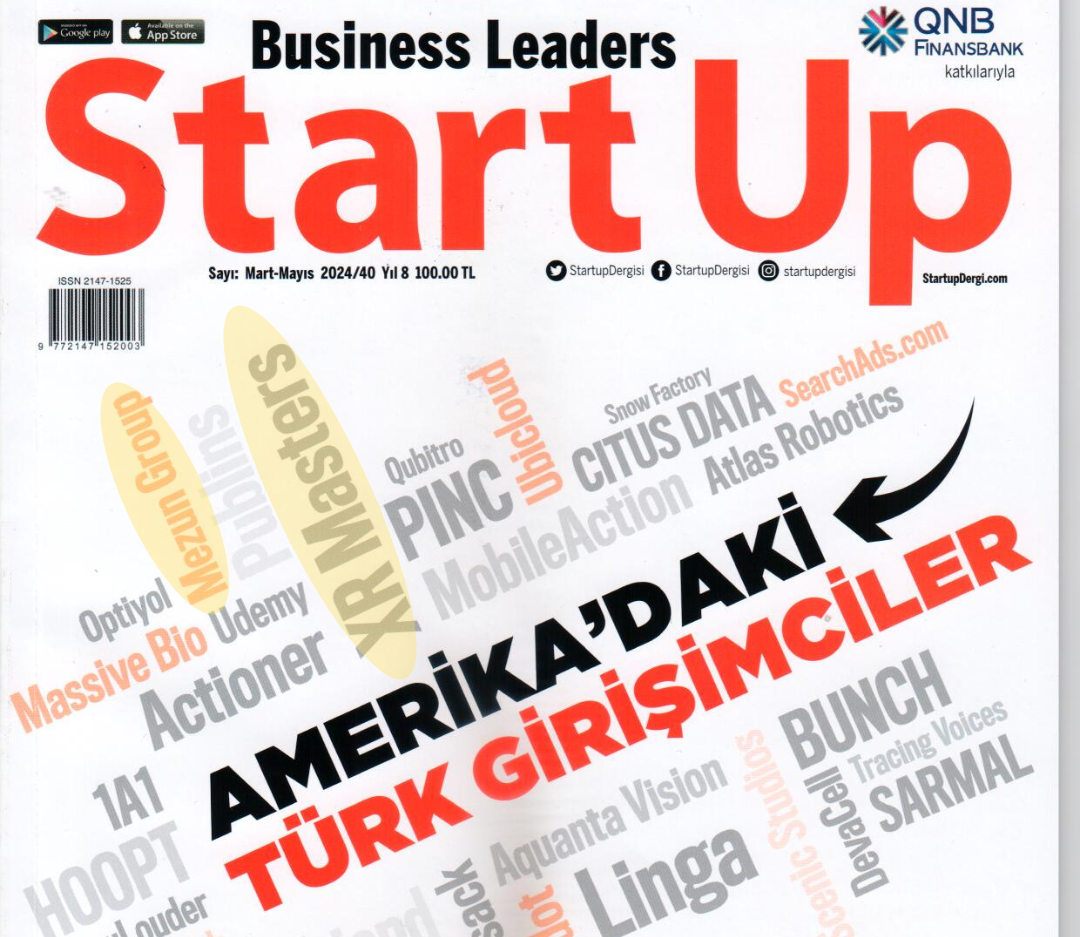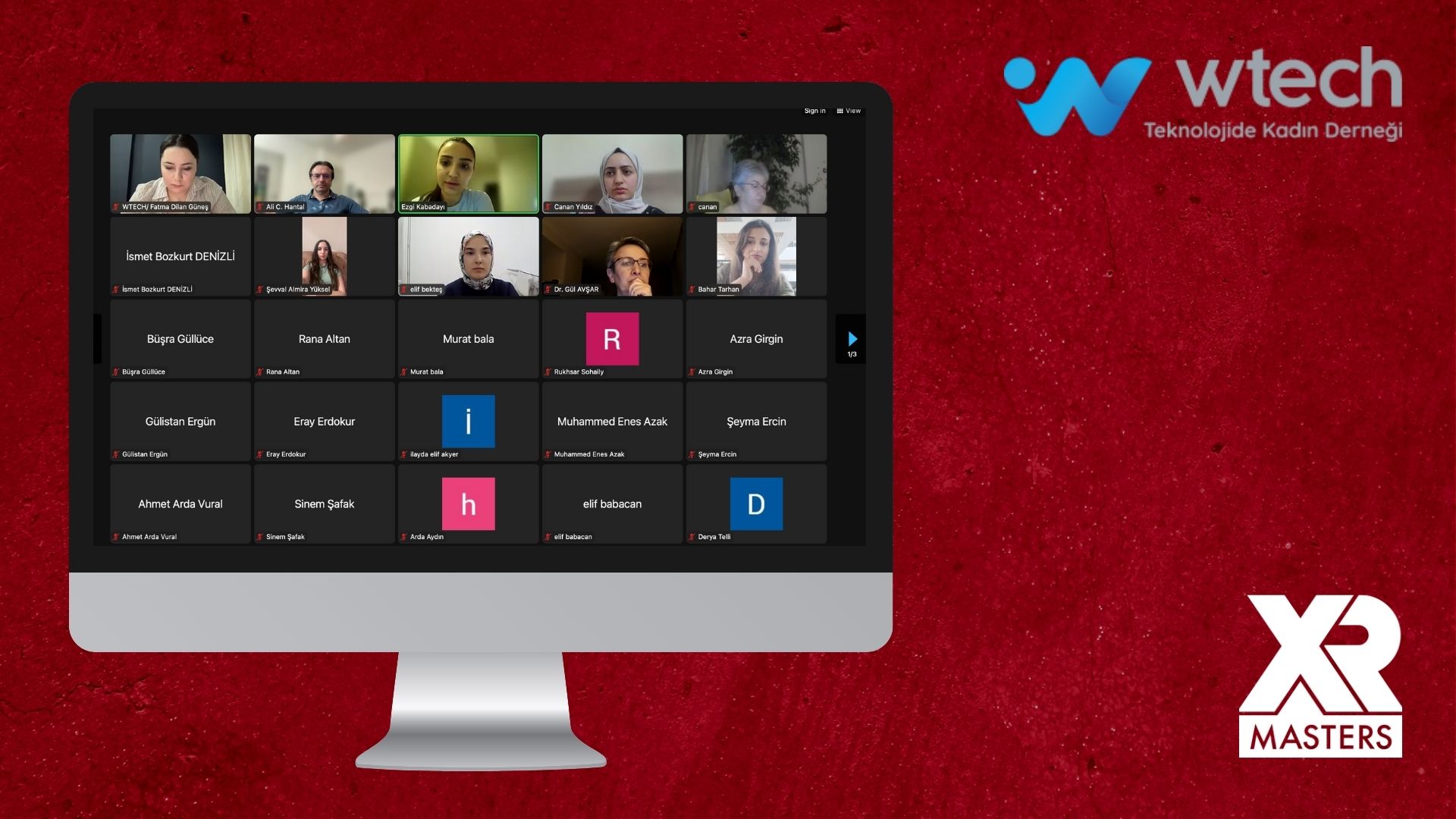HOW THE OPEN AR CLOUD ENABLES THE METAVERSE

Augmented World Expo (AWE) went live and in-person to show where XR business thrives. The conference focused on augmented reality, developer tracks, and how businesses across industries use extended reality (XR – virtual and augmented reality) in their work. One of the interesting themes was the Open AR Cloud. In order for augmented reality to be useful outside of mobile apps, an open AR cloud must exist.
What is the Open AR Cloud?
The Open AR Cloud is an organization whose mission is to drive the development of open and interoperable spatial computing technology, data and standards, to connect the physical and digital worlds for the benefit of all.
Let’s break it down. Interoperability in the AR Cloud means being able to exchange data or information. It’s what makes the metaverse possible. Think about taking your Fortnite character into Roblox – that’s interoperability. On another level, it allows technologies developed on different platforms to ‘talk’ to each other. It breaks down walled gardens and creates a gateway between them.
In their AWE talk, Enabling Rich Experiences on the Open AR Cloud, Suzan Oslin and Ali Hantal presented work from the Los Angeles and Istanbul testbeds, to demonstrate the Open AR Cloud’s Open Spatial Computing Platform. The Open Spatial Computing Platform is an infrastructure that hosts the spatial services discovery (i.e. localization providers akin to ISP’s but for spatial) and spatial content discovery (i.e. akin to search for the spatial web). The Open Spatial Computing Platform also provides the geopose protocol for persistent, geospatial positioning, which allows for interoperability between technology platforms.
Localization services enable AR content to be placed in a specific location in the world and allow it to stay there indefinitely. It requires a point cloud, or digital twin, of the environment to be saved to the cloud. A live AR camera can then match what it sees to the digital twin in the cloud and understand its own position and orientation in the real world. It can then correctly place the AR objects according to the same geopose reference coordinate system. That’s the real magic of the AR Cloud and how it differs from other forms of augmented reality.
Concrete Oasis demonstrates this technology in action. Pershing Square Park is located in downtown Los Angeles. It’s an outdoor social center that historically has focused around its once-flowing fountain. Due to the drought, that fountain no longer holds water. But with AR it’s possible to see what the fountain could be like through a creative lens. Oslin and her team used the fountain not only to show off the Open AR Cloud but built an experience to bring awareness to California’s water crisis.
To build the experience, the LA team uploaded photogrammetry of the park into a software called Maya to recreate portions of the scene in 3D. Using the 3D scene as a reference, artists created the assets relative to the real world. From there, the AR experience was made. Developers added the interactions in Unity, then uploaded the asset bundles to the cloud, making them available for the augmented reality experience through XR Master’s Spatial Browser. Assets can be placed live, at the location, and through the XR Master’s app.
Hantal demonstrated rich interactions used in the Istanbul testbed using a video that demonstrates sensor-based activations by showing a whale swimming through the air. The whale tries the leave through a door but can’t until the door is opened. In a second video, two whales swim around a skyscraper to demonstrate occlusion. They disappear from view as they swim around the back and reappear as they circle around from the other side.
AR Cloud Challenge
AWE hosted the AR Cloud Challenge. The goals of the challenge were to meet the theme – connecting people. But the experiences also had to demonstrate “on location, persistent, multi-user apps.”
On-location means the app automatically identifies the location. The camera has to recognize the previously scanned digital twin or point cloud. Persistent means the assets are geospatially located relative to the earth itself. Open AR Cloud developed a geopose protocol for locating objects in real life. And multi-user means a shared experience between users.
The hosts of the challenge said that the users of the apps shouldn’t have to do anything special. All they need to do is “open the world and see the magic inside it.”
What the judges were looking for:
Lisa Watts, VP Product Marketing, Insights & Planning at Magic Leap
“We’re at the cusp at the next iteration. The next iteration is spatial.” Watts wanted to see spatial aspects of the apps. She looked for human connection to the environments and wanted to know how the app took care of data and permission sharing. She said the apps must contribute to the environment in a persistent way to meet the challenge.
Gabriel Rene, Executive Director at Verses
“The state of the AR cloud today is that there is no AR cloud,” said Rene. “Now it’s metaverse, it’s not AR cloud anymore.” The AR Cloud is a layer in the metaverse like IoT, smart cities, and things that have to come together as different layers.
Naomi Augustine-Yee, Co-Founder, XR Innovation Specialist, Art Director at QXR Studios
“At first, we thought, how do you amplify a place?” Said Augustine-Yee, as she described her initial ventures in AR. “Then we saw this technology will span across the planet. It’s the true fusing of the digital and physical world,” she said. Augustine-Yee listed four elements contestants needed to address to meet the challenge.
- They needed to create a dynamic digital twin of the physical world.
- The world will need to be mapped and constantly updated. IoT, computer vision, LiveR.
- Any spatial content needs to live in the AR cloud along with metadata
- AR cloud needs to be decentralized and open.
“If done right, you can turn one world, the physical one into infinite. Because once you have a digital world you have infinite and you can create different options to suit society’s needs,” said Augustine-Yee. “Just like the internet, AR cloud is not owned by one company. It’s for everyone and there’s only one.”
The Challengers
Web3 Contemporary Spaces explored how the AR Cloud can impact users and with digital art in augmented reality. The judges liked it because they could envision other apps built on top of the submission. They were also looking for more digital twinning. Rene wondered, “What are the hyperlinks of the future going to look like?”
The City Guyd app places volumetrically captured people as AR guides to talk about monuments or historical places in cities. The app also can identify a specific part of a mural for an augmented reality placed guide to talk about. And you can take photos with your virtual guide. The judges thought that it was too one-directional – there wasn’t an opportunity for users to contribute to the spaces. Watts wondered if there could be an option for users to leave a semi-volumetric capture of themselves in the space.
Concrete Oasis won the overall challenge. Suzan Oslin and her team mapped a now dry fountain in Los Angeles and turned it into an immersive exhibit of water on the state. People who used the augmented reality app could see how turning off a virtual faucet would bring more water to the augmented fountain. The judges liked that the app development involved a team of people and that the AR placed assets were persistent.
RemindAR gives people the ability to schedule or send augmented reality messages using geo or image triggers. People can add AR assets to the scene in real-time. Only confirmed friends can send messages. User-generated content and persistence were something the judges liked although they wanted more details on the execution.
The Open AR Cloud gives people the ability to create augmented reality experiences without Snap’s or Meta’s developer tools. AR Apps can be social without a social media company behind the experience. The AR Cloud enables the connection between the physical world and the metaverse. Without it, we’d miss many elements that make the metaverse, the metaverse.
Source : https://www.awexr.com




